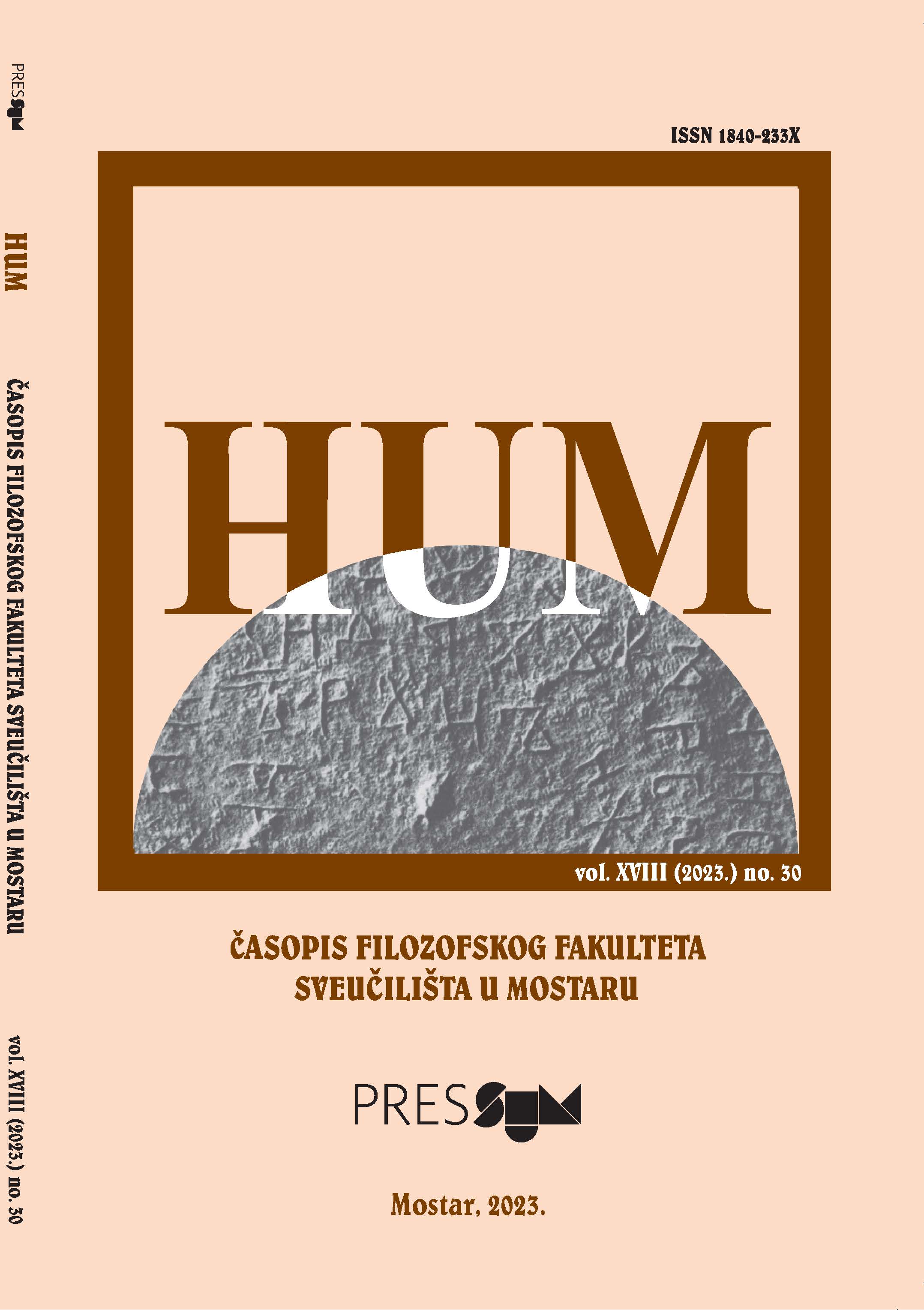MOTIVATION, ATTITUDES AND HABITS IN CULTURAL PARTICIPATION AMONG VISITORS TO VISUAL ARTS INSTITUTIONS
MOTIVATION, ATTITUDES AND HABITS IN CULTURAL PARTICIPATION AMONG VISITORS TO VISUAL ARTS INSTITUTIONS
Author(s): Sara UrsićSubject(s): Visual Arts, Sociology of Culture
Published by: Filozofski fakultet Sveučilišta u Mostaru
Keywords: cultural participation; participatory culture; visitors; visual art institutions; Croatia;
Summary/Abstract: In this paper we analyze culture as integral aspect of everyday life and the ways culture is actualized through cultural participation. The research presented in this paper is part of the Center for Designing the Everyday project, which aims to explore the current state and possibilities for establishing a new model of participatory governance in culture based on the model of participatory democracy. In this research, designed and conducted to assess the state of cultural participation at two intervals over a two-year period, the aim was to determine whether there are differences in the types of participation and motivations for participation in cultural events and activities before and after initiatives aimed at reinforcing the model of participatory governance. The paper draws on three conceptual turns, namely postmodern, cultural, and participatory, to examine the repositioning of cultural participation in everyday life. Two surveys were undertaken in 2018 and 2020 in Zagreb, targeting an intentional sample of visitors to cultural institutions and associations operating in the field of visual arts. Given the specific timeframe, the results are interpreted in the context of the pandemic. Results imply strengthening of cultural participation connected to cultural consumption, while participation connected to cultural production is decaling. Furthermore, interactive cultural participation in digital and virtual environment indicates inequalities among different social groups especially when it comes to elderly population that has proven to be vulnerable in terms of frequency and availability of interactive cultural participation.
Journal: Hum
- Issue Year: XVIII/2023
- Issue No: 30
- Page Range: 25-53
- Page Count: 29
- Language: English

